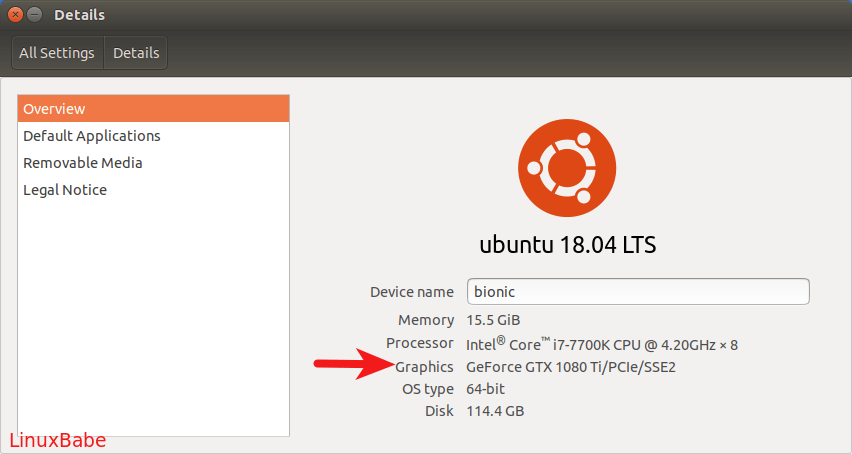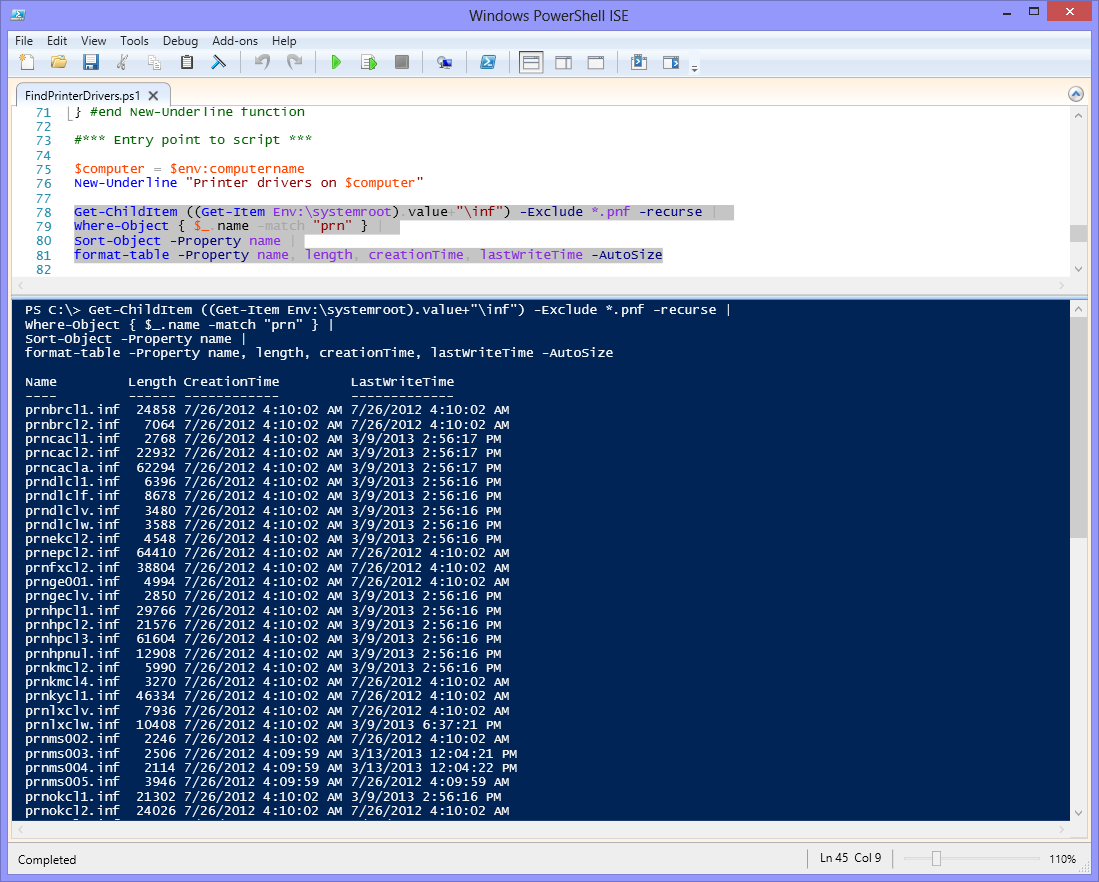Here's how you can update your wireless (WiFi) driver on your PC running Windows 7, 8, 8.1 and 10:
Open Command Prompt in Windows 8 or 8.1 Select the Start button and then swipe up to show the Apps screen. You can accomplish the same thing with a mouse by selecting the down arrow icon at the bottom of the screen. † Pro Tools software includes drivers for Command 8. Make sure Pro Tools is correctly installed and operating before using Com-mand 8. † Make sure not to block the back, sides, or front of Command 8 to maintain proper ven-tilation. If you are mounting Command 8 in studio furniture, be sure to leave adequate. Better all-round performance of your PC due to automatic driver updates which will keep all your devices and your PC in top condition; Common Windows 8 Driver Problems. The most common Driver Downloads for Windows 8 are for Windows 8 Dell, HP and Intel Drivers. Updates are available across a wide range of manufacturers and devices. The bitsadmin command is used to create, manage, and monitor download and upload jobs. The bitsadmin command is available in Windows 8, Windows 7, and Windows Vista. While the bitsadmin command is available in both Windows 8 and Windows 7, it is being phased out. The BITS PowerShell cmdlets should be used instead.
- Determine the wireless driver that you're running on your PC, along with the date and version. Open the command prompt (Win key + R, type 'cmd') and enter the following command:
You should get a screen like the one below:
- If the driver is more than one year old, we suggest you update it. Copy the driver name from the command prompt screen and do a Google search.
- Download the latest available driver for your wireless (WiFi) adapter from the manufacturer's website. In the example above, go to the Download Center for Intel and choose the driver for the Windows version you are running. If you're unsure of what version you're running, just check the 'System type' information in the System properties screen (Win key + Break). (We suggest downloading the file to your Desktop).

- Install the driver by running the installer. If the driver doesn't have an installer:
- Open the Device Manager (You can do this by pressing the Windows but and typing it out)
- Right click on your wireless adapter and choose Update Driver Software.
- Choose the option to Browse and locate the drivers you downloaded. Windows will then install the drivers.
- Open the Device Manager (You can do this by pressing the Windows but and typing it out)
- Reboot your PC after installing the updated drivers.
Notes
Here are the driver update websites for some frequently used wireless (WiFi) cards:
- Intel: https://downloadcenter.intel.com/product/59485/Wireless-Networking
- Qualcomm / Atheros: https://www.ath-drivers.eu/atheros-wireless-drivers.html

As we know, the price of computer hardwares is getting lower and lower. In order to use the more advanced configurations, an increasing number of people apply 4GB or 8GB RAM in their computers. Moreover, most people change their operating system to Windows 8.1 (64 bit), because 32 bit system cannot support memory which is more than 4GB. However, taking system security into consideration, the 64-bit version of Windows 8.1 limits the installation of uncertified drivers. Whereas, most small programs which use driver files do not have digital signature authentication, including phone drivers. Does it mean that we cannot use the drivers we applied before on the Windows 8.1 of 64 bit? No, we can solve the problem by disabling driver signature enforcement in Windows 8 and 8.1.
Video guide on how to disable/enable driver signature enforcement in Win 8:
Steps to disable driver signature enforcement in Windows 8 and 8.1:
Step 1: Enter PC settings.
You can enter PC settings according to the following two procedures.
1. Open Charms Menu by simultaneously pressing WIN key (also referred to Windows logo key) and C key, and select Settings in it.
2. Click Change PC settings on the bottom.
Step 2: In PC settings, choose General on the left and click Restart now under Advanced startup, as shown in the following screen shot.
Step 3: Click Troubleshoot in the next interface.
Step 4: After entering Troubleshoot interface, tap Advanced options to enter it.
Step 5: Select Startup Settings. Please refer to the picture below.
Step 6: Click Restart button in Startup Settings interface.
Command 8 Drivers Windows 10
Step 7: Press 7 or F7 to choose Disable driver signature enforcement.
Note: This solution is easy, but it can only be set when the computer is booted. In addition, the setting will return to its original state after restarting.
For your information, the command to close Disable driver signature enforcement (or enable driver signature enforcement) is:
bcdedit.exe -set loadoptions DDISABLE_INTEGRITY_CHECKS
And you can use it through the following 4 steps.
Command 8 Drivers
Step 1: Open Command Prompt (Admin).
Press WIN key and X key at the same time to open the Quick Access Menu, and then select Command Prompt (Admin) in it.

Step 2: In User Account Control window, click Yes to allow the program to make changes in the computer.
Step 3: Type the command in the Administer Command Prompt and press Enter, as the following screen shot exhibits.
Step 4: Restart the computer.
After these 4 steps, you can use uncertified drivers on Windows 8 and 8.1 (64 bit) whenever you want.
Tips: This operation reduces the security factor of the system. Therefore, it is not recommended to close Disable driver signature enforcement all the time. Meanwhile, it is not suggested for inexperienced users to use this operation.
Related Articles: